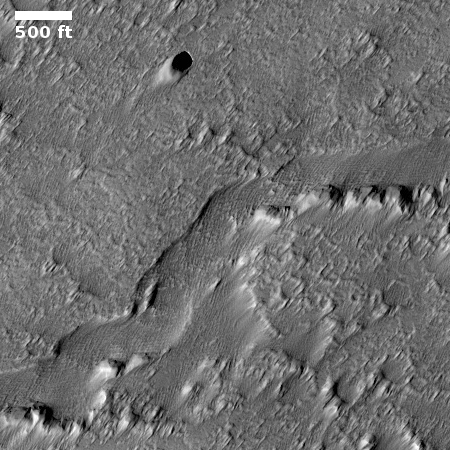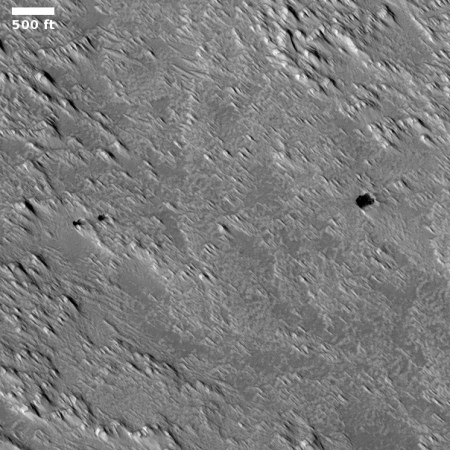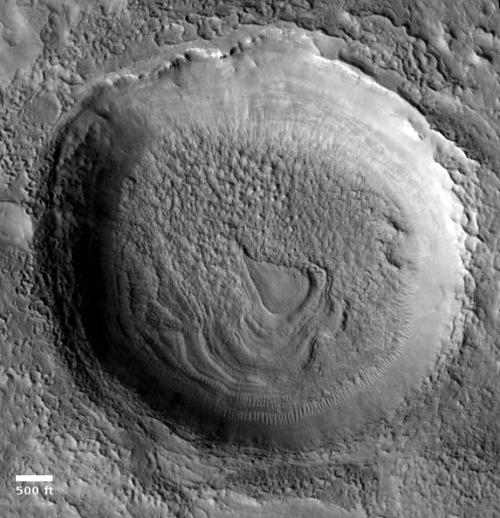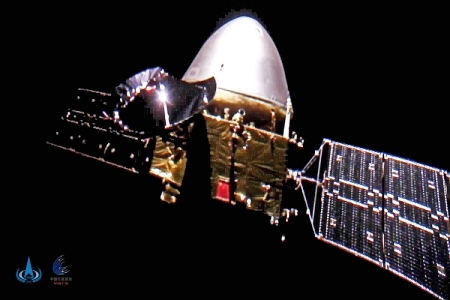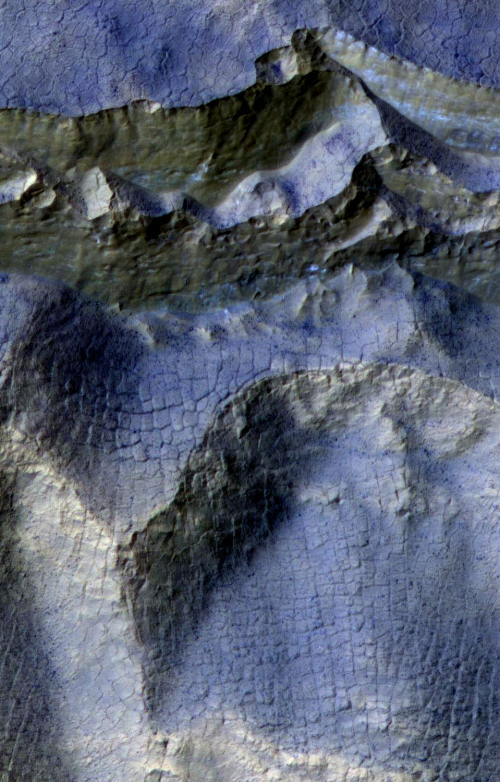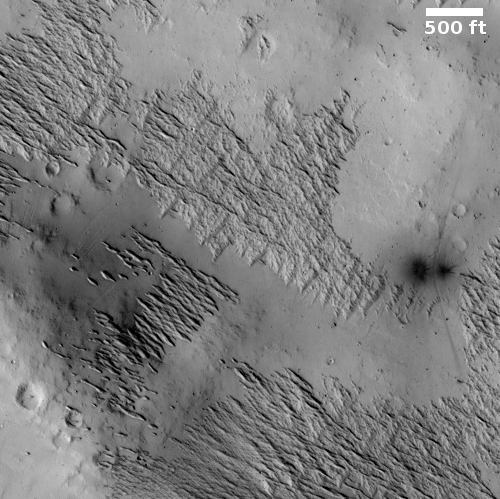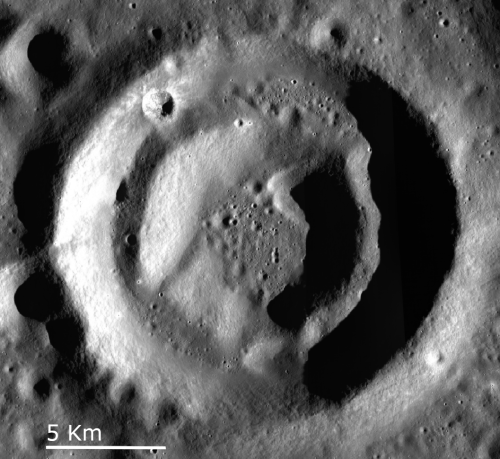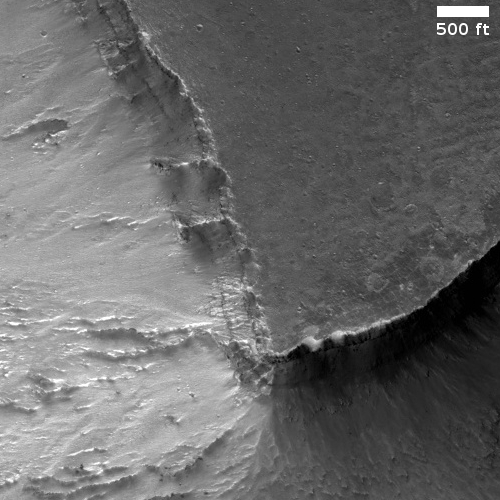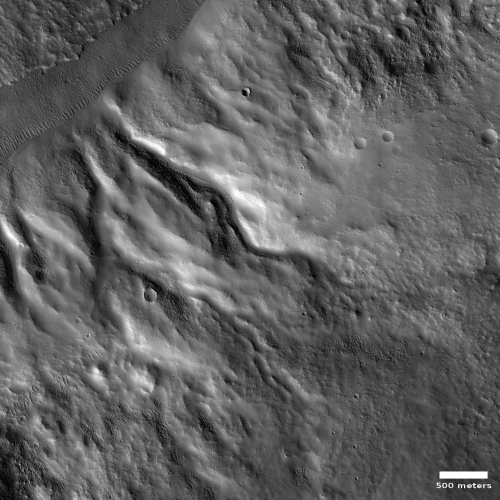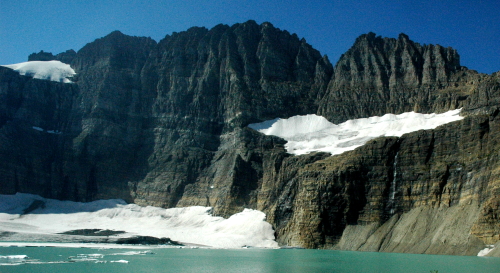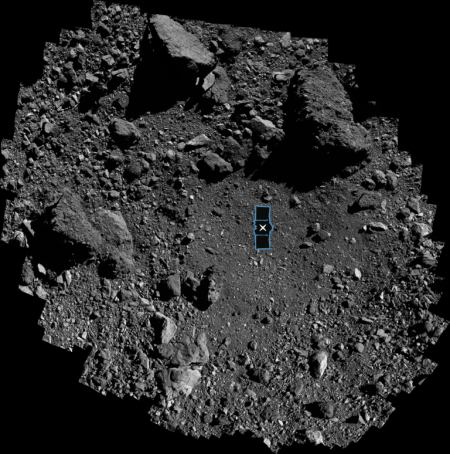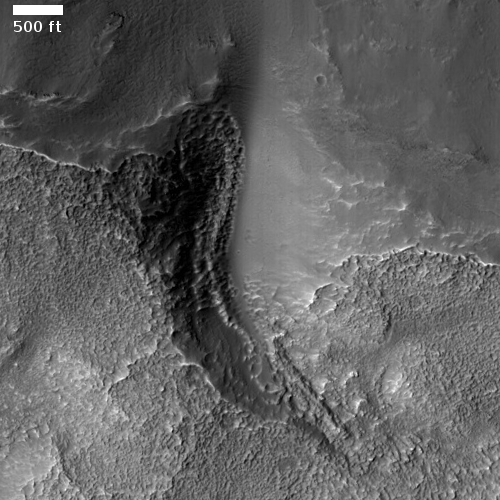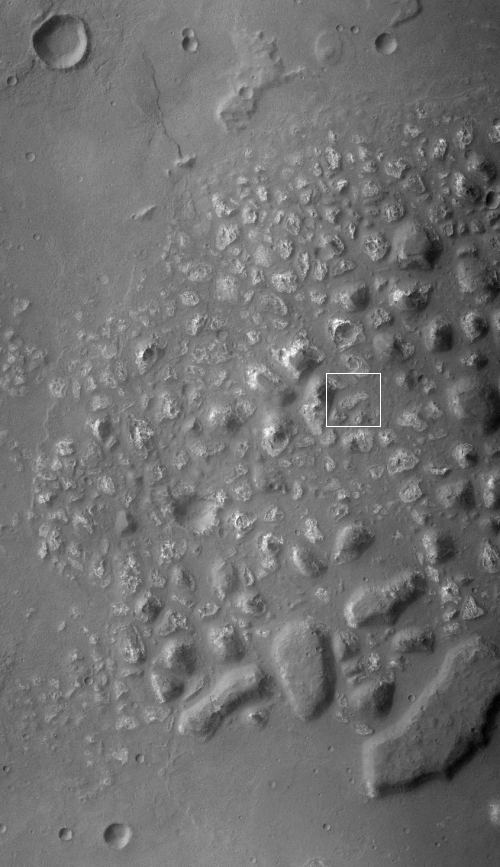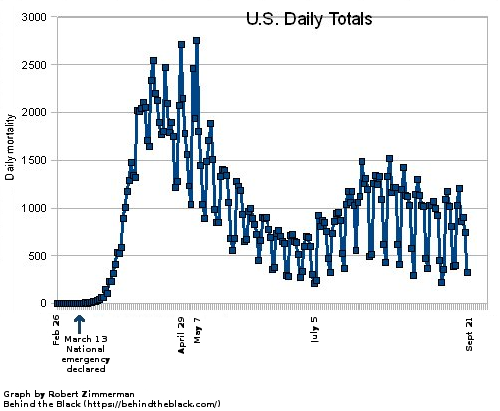A mile-long trail of human footprints about 12,000 years old
Scientists have found in New Mexico a mile-long trail of human footprints from about 12,000 years ago that was probably left by a woman and toddler.
Even more interesting, the tracks show that the woman (or male adolescent) retraced her route, without the child.
Unlike many other known footprint trackways, this one is remarkable for its length – over at least 1.5km [almost a mile] – and straightness. This individual did not deviate from their course. But what is even more remarkable is that they followed their own trackway home again a few hours later.
Each track tells a story: a slip here, a stretch there to avoid a puddle. The ground was wet and slick with mud and they were walking at speed, which would have been exhausting. We estimate that they were walking at over 1.7 metres per second – a comfortable walking speed is about 1.2 to 1.5 metres per second on a flat dry surface. The tracks are quite small and were most likely made by a woman, or possibly an adolescent male.
At several places on the outward journey there are a series of small child tracks, made as the carrier set a child down perhaps to adjust them from hip to hip, or for a moment of rest. Judging by the size of the child tracks, they were made by a toddler maybe around two years old or slightly younger. The child was carried outward, but not on the return.
There is also evidence of a mammoth and sloth crossed the tracks in-between the outward and return journey, with the sloth apparently sensing the human tracks or presence.
Scientists have found in New Mexico a mile-long trail of human footprints from about 12,000 years ago that was probably left by a woman and toddler.
Even more interesting, the tracks show that the woman (or male adolescent) retraced her route, without the child.
Unlike many other known footprint trackways, this one is remarkable for its length – over at least 1.5km [almost a mile] – and straightness. This individual did not deviate from their course. But what is even more remarkable is that they followed their own trackway home again a few hours later.
Each track tells a story: a slip here, a stretch there to avoid a puddle. The ground was wet and slick with mud and they were walking at speed, which would have been exhausting. We estimate that they were walking at over 1.7 metres per second – a comfortable walking speed is about 1.2 to 1.5 metres per second on a flat dry surface. The tracks are quite small and were most likely made by a woman, or possibly an adolescent male.
At several places on the outward journey there are a series of small child tracks, made as the carrier set a child down perhaps to adjust them from hip to hip, or for a moment of rest. Judging by the size of the child tracks, they were made by a toddler maybe around two years old or slightly younger. The child was carried outward, but not on the return.
There is also evidence of a mammoth and sloth crossed the tracks in-between the outward and return journey, with the sloth apparently sensing the human tracks or presence.

